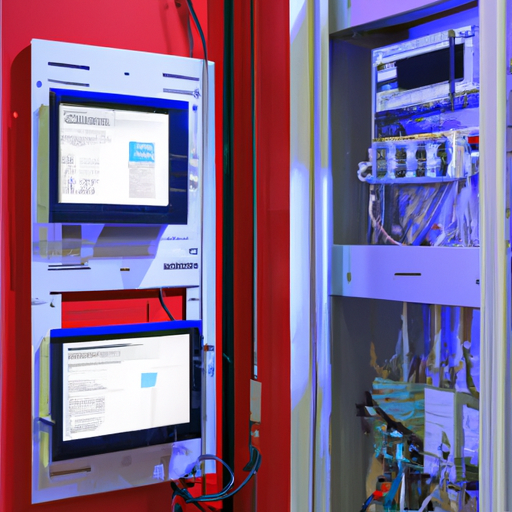Cable components are an essential part of the power transmission and communication fields, carrying the function of transmitting electricity and signals. The mainstream product series of cable components is one of the most common and widely used product series on the market, with various parameter requirements to meet the needs of different fields and applications.

Secondly, the parameter requirements of the mainstream cable component product series also include the conductor material and cross-sectional area of the cable. The conductor material is usually copper or aluminum, both of which have good conductivity and mechanical strength, suitable for use as the conductor of the cable. The cross-sectional area of the conductor determines the transmission capacity of the cable, usually in square millimeters (mm²). A larger conductor cross-sectional area can transmit larger currents, suitable for applications requiring high power transmission.
Additionally, the parameter requirements of the mainstream cable component product series also include the insulation material and insulation thickness of the cable. The insulation material is usually polyethylene (PE), cross-linked polyethylene (XLPE), or rubber, which have good insulation and heat resistance, effectively preventing current leakage and short circuits. The insulation thickness determines the insulation performance of the cable, usually in millimeters (mm). A thicker insulation layer can improve the insulation strength of the cable and reduce the failure rate.
Furthermore, the parameter requirements of the mainstream cable component product series also include the sheath material and outer diameter size of the cable. The sheath material is usually polyvinyl chloride (PVC), polyethylene (PE), or PVC sheathed steel tape, which have good mechanical strength and weather resistance, effectively protecting the cable from external environmental influences. The outer diameter size determines the outer dimensions of the cable, usually in millimeters (mm). A larger outer diameter size can improve the mechanical strength of the cable, suitable for applications requiring resistance to tensile and compressive forces.
In conclusion, the parameter requirements of the mainstream cable component product series are determined based on the purpose of the cable and environmental conditions to ensure that the cable can stably and reliably transmit electricity or signals under normal working conditions. These parameter requirements include the rated voltage and rated current of the cable, conductor material and cross-sectional area, insulation material and insulation thickness, sheath material and outer diameter size, etc., which are important reference criteria for selecting and applying the cable component product series. When selecting and applying the mainstream cable component product series, it is necessary to determine the appropriate parameter requirements based on specific needs and requirements to ensure that the cable can meet the requirements of the engineering project and have good performance and reliability.